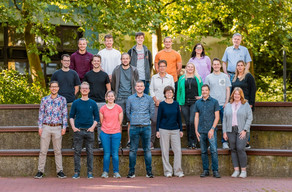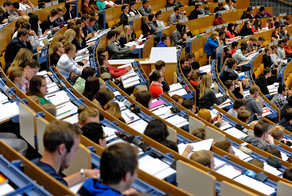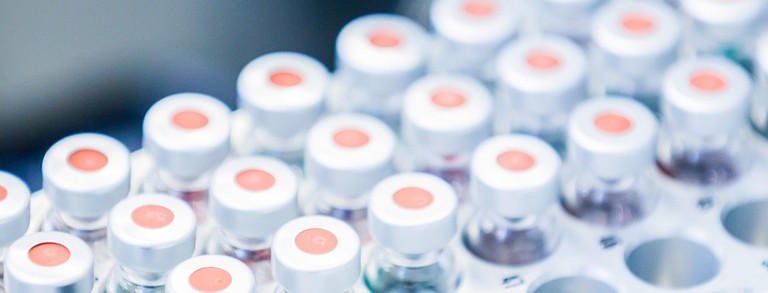Biothermodynamics & Reactions
Projects
Rotating Packed Beds
The high viscosity of carbohydrate-rich residue streams causes difficult reaction conditions, especially due to poor mass transfer to the catalyst surface. Therefore, this project focuses on the investigation of rotating packed beds to increase mass transfer in the reaction of carbohydrate-rich residue streams.
Combined impact of pH, catalyst, and strongly non-ideal solvent mixtures (SNISMs) towards boosting acid-catalyzed reactions
The solvent and the type and amount of the catalyst strongly influence the equilibrium and kinetics of chemical reactions. The aim of this project is to predict the influence of strongly non-ideal solvent mixtures, the catalyst and the pH-value on the reaction equilibrium and kinetics of acid catalysed esterification reactions with ePC-SAFT.
Projects
In literature co-solvent and co-solute effects on thermodynamic reaction equilibria of only a few enzymatic reactions were studied so far. In most cases the reaction media is pure water or a low concentrated buffered solution. This simplification of the highly non-ideal solutions present in cells leads to a lack of information and understanding of these complex systems. As a first approach to understand these complex interactions, this work is focused on the prediction of co-solvents and co-solute effects on the reaction equilibria of enzyme-catalyzed reactions.
Aim of this work is to thermodynamically describe single reaction steps of the glycolysis metabolic pathway for which current works fail to explain its occurrence.
The aim of this work is the further development of ePC-SAFT towards quantitative model predictions for mixtures containing ionic liquids.
Aim of this work is the prediction of amino-acid and peptide solubility in aqueous and organic systems with PC-SAFT using new experimental melting properties from fast scanning calorimetry (FSC).
The development of innovative chemical processes for CO2 conversion into useful platform chemicals, which are in return used as raw materials, has become significantly important for the industry. Since recent methods suffer from the formation of environmentally harmful salt as a waste product, a new salt-waste free method with a coupled C-H carboxylation, subsequent esterification and recycling of the inorganic base overcomes the problems of the unsustainable standard process.[1,2]
The aim of this work is to investigate the influence of different solvents, pressure and concentration of the reaction agents on the phase and reaction equilibria, as well as the kinetics of the coupled C-H carboxylation and esterification reactions.
Enzyme-catalyzed reactions are used in industry, but the equilibrium and kinetics of such reactions are still often limited. The oxidation reaction of the formate anion catalyzed by formate dehydrogenase is investigated in this project as a model system for a pressure-induced switchable reaction systems towards production of either the fine chemical NADH or for CO2 conversion.
Coacervate systems are a special kind of Aqueous Two-Phase Systems, but they are thermodynamically not well described. In this work, phase equilibria of coacervate systems are measured an modeled using polyelectrolyte PC-SAFT. Further, enzymatic reactions in such coacervate phases are investigated.
The relationships between reactant structure, co-solvents, catalyst, and their respective reactivity in esterification processes is a research area that crosslinks thermodynamics, kinetics and chemical engineering. It is the goal of this project to predict the influence of solvent, concentration, and catalyst on the kinetics and equilibria of esterification reactions by thermodynamic modeling.







